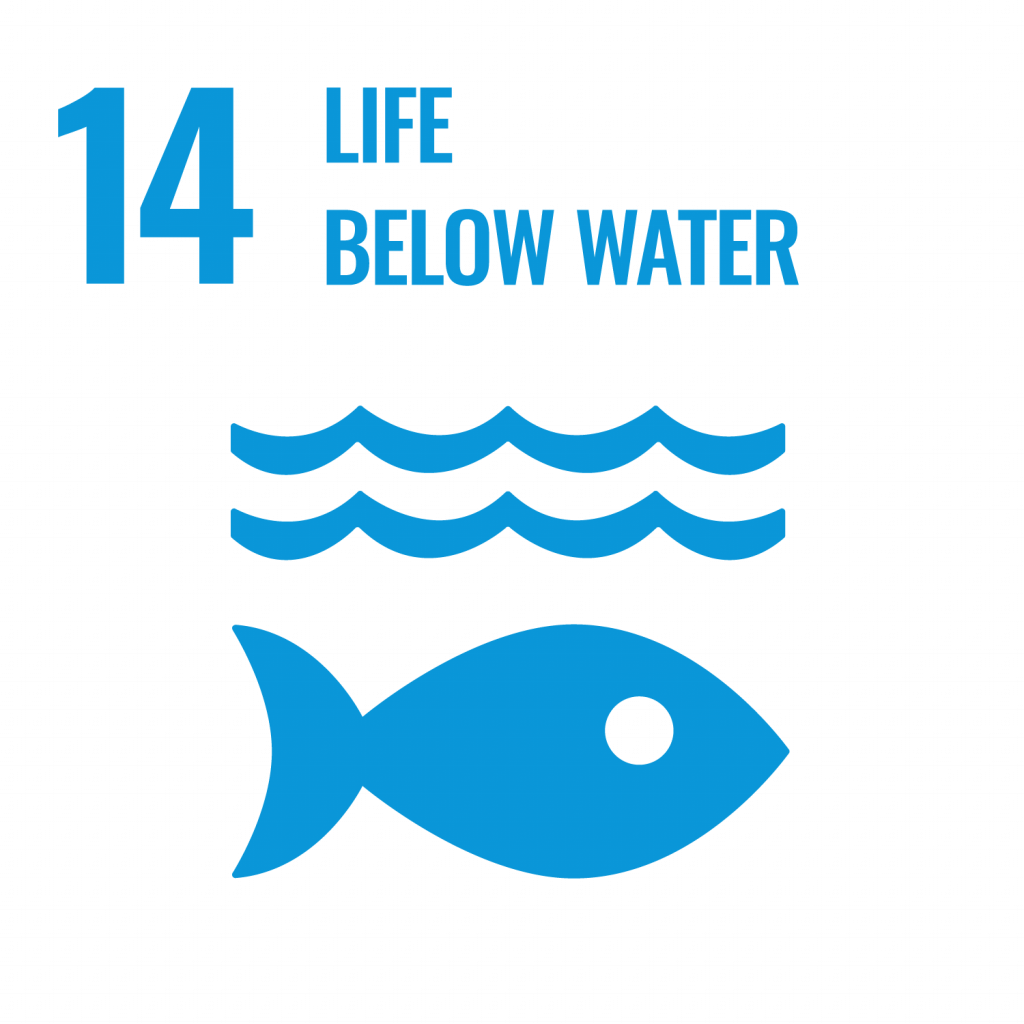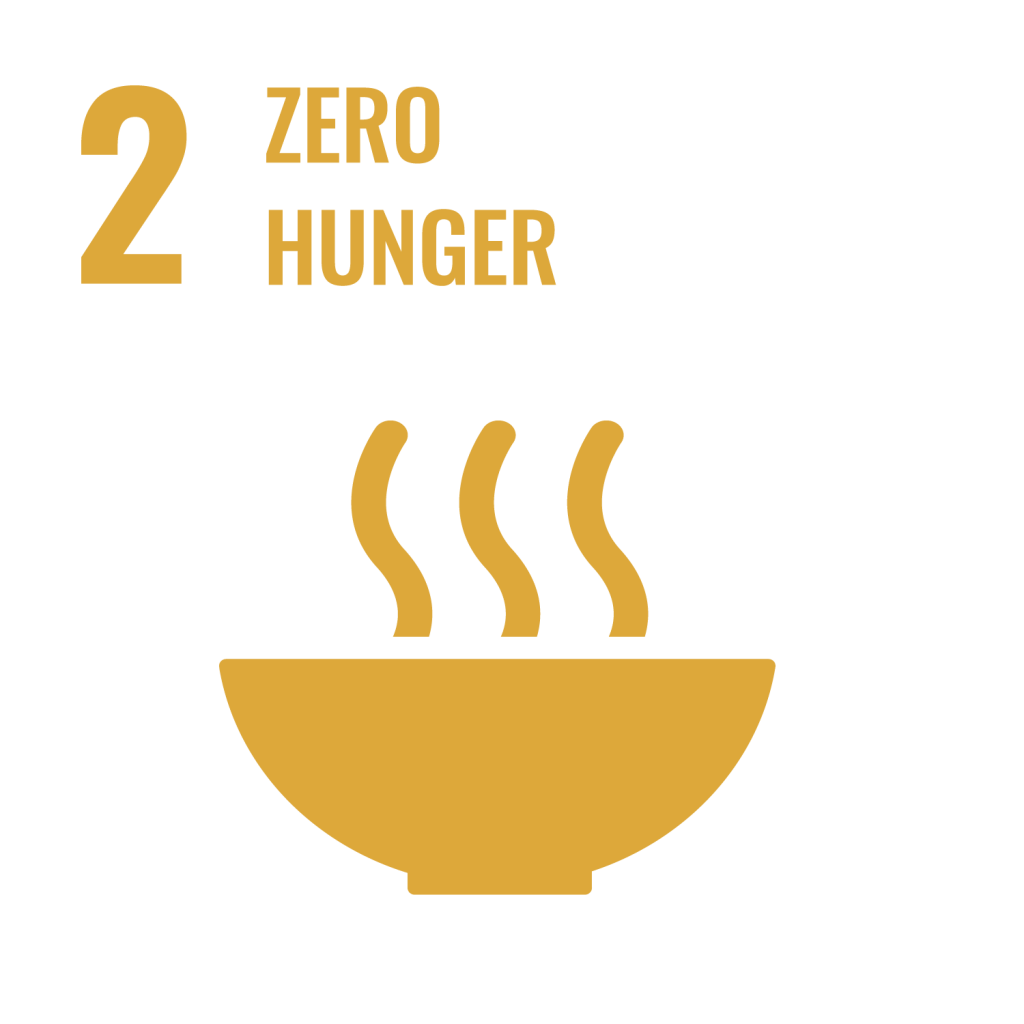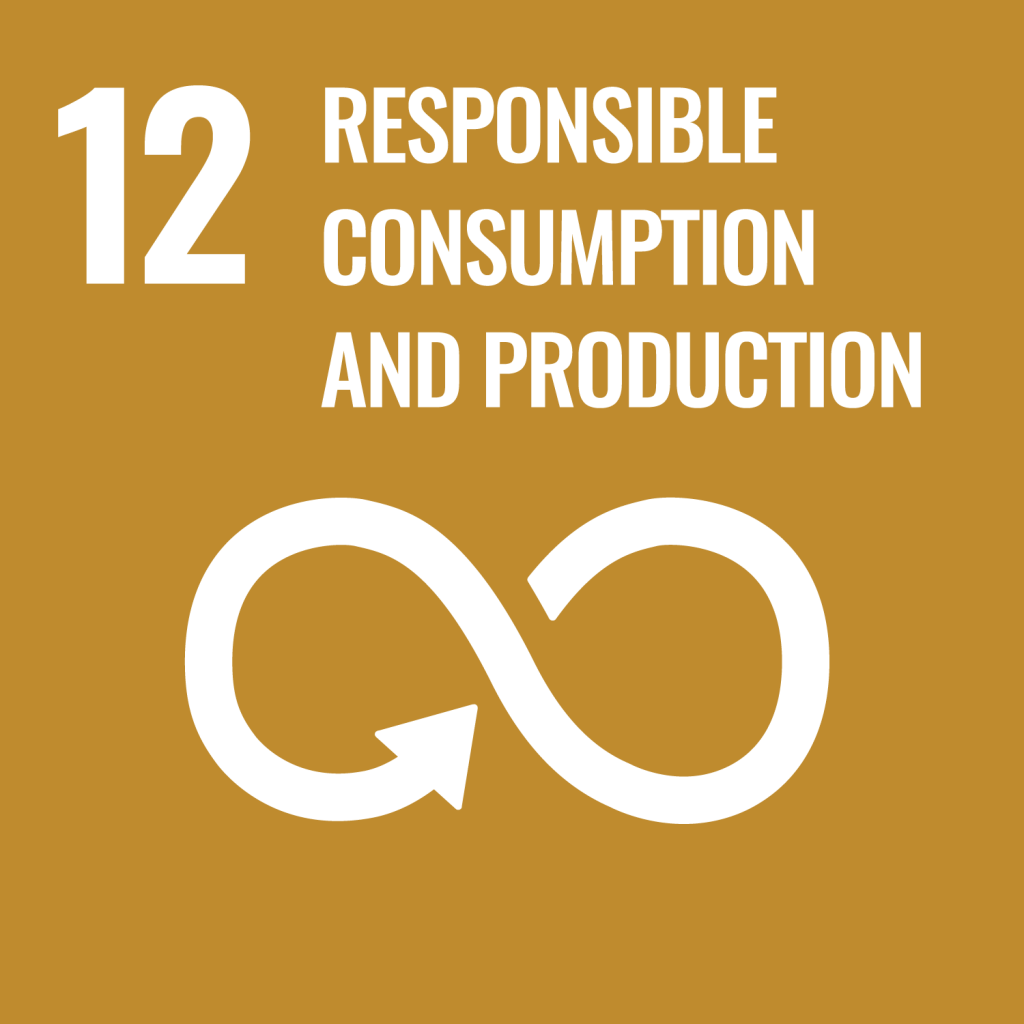




The growing demand for high-quality food is endangering the stability of our ecosystems. Rapid optimization of supply lines is directly affecting the environment, animal welfare and the diversity of life on both land and in our oceans. Aquaculture has been the world’s fastest growing food sector for several decades. Not only does aquaculture utilize a space not typically occupied by humans, an important factor as land becomes increasingly scarce, but it also plays an important part in providing the world with high-quality proteins. Combined, these factors indicate that the industry will continue to grow at a rapid pace in decades to come. However, the inaccessibility of the aquatic environment has historically meant that monitoring and minimizing the ecological, biological and environmental footprint while optimizing the efficiency of aquaculture has been challenging.
Bluegrove aims to tackle these challenges, where hydroacoustics, advanced signal-processing and state-of-the-art AI based perception are vital components. Compared to traditional underwater cameras, in widespread use today, hydroacoustics can monitor much larger volumes simultaneously. This enables fish farmers to get a better understanding of what is happening underwater and optimize their production, ultimately providing more meals to the table, with less resources. In addition, the ability to monitor a whole population gives us exciting possibilities to track and understand behavioural patterns over time, allowing us to detect, understand and act when something goes wrong.

If you are interested in helping us make aquaculture become more in balance with nature, we have several challenges to overcome.
These include:
Advanced electronics: Design and optimization of current and future hydroacoustic sensors. Delve into new possible ADCs, transducers, analog front-ends, data capture- and digital processing components.
Signal processing: Optimized signal processing of hydroacoustic signals to improve signal-to-noise, resolution or suppress noise artefacts such as reverberation noise. Investigate the benefit of adding more sensors and the potential for machine / deep learning based processing. University of Oslo contact: Peter Näsholm, Digital Signal Processing and Image Analysis research group: svenpn [at] ifi.uio.no
Machine learning and Deep learning: We have large datasets to explore related to solving challenges of understanding animal behaviour and ensuring animal welfare (disease detection and prediction) or reducing environmental impact by reducing excess feeding (appetite estimation). University of Oslo contact: Peter Näsholm, Digital Signal Processing and Image Analysis research group: svenpn [at] ifi.uio.no

Next generation hydroacoustic systems: Theoretical design and validation of next generation sensor systems. Mathematical modelling, novel beamforming strategies and computer simulations. Or more hands-on topics such as prototyping and testing of next generation components.
Sensor Fusion: As both cameras and echosounders are both used in monitoring, an exciting prospect is the idea of making echograms more interpretable and informative, by fusing datastreams to produce Echo-Visual fusion.
For more information about Bluegrove, please see the company website: https://bluegrove.com/
Contact person at Bluegrove: Johannes Kvam, johannes.kvam [at] bluegrove.com